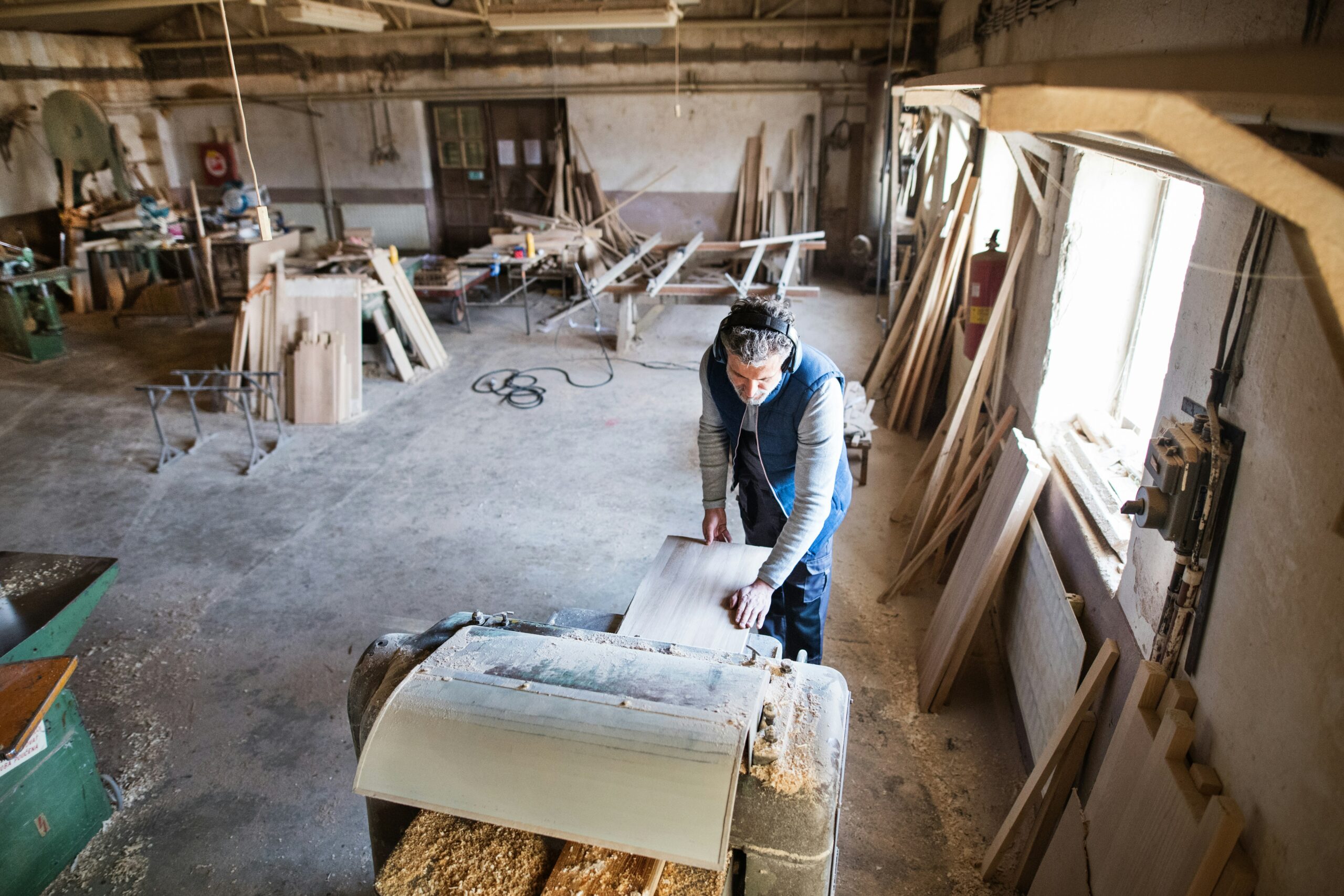
The restoration of historic structures is a challenging yet rewarding endeavor, and the Harrison Mill, a centuries-old facility located in the heart of a vibrant community, serves as an excellent case study of these efforts. Once a bustling center for milling activities, the mill faced decades of decline before being earmarked for preservation. This article delves into the challenges encountered during its restoration and highlights the success stories that ultimately brought the mill back to life as a valuable historical landmark.
Historical Significance and Initial Condition of the Mill
The Harrison Mill holds great historical importance in the region. Built in the mid-1800s, it was central to the local economy, providing essential milling services to the surrounding area. Over the years, however, as newer technologies and industries emerged, the mill fell into disuse and began deteriorating. The mill was in severe disrepair when preservationists were first interested in the site. Structural components were compromised, and the original machinery had long been removed or destroyed. Many of the wood beams had rotted, and the once-sturdy stone foundation had begun to crumble.
The first step in any restoration project is understanding the original design and maintaining the site’s historical value. In the case of Harrison Mill, this proved to be particularly tricky. The mill had been altered over the years, with various owners making modifications that did not always align with the mill’s original architecture. Historical records were sparse, and much of what remained was incomplete. Restorers had to rely on photographs, old blueprints, and even the memories of residents who had witnessed the mill in its prime.
Overcoming Structural and Financial Obstacles
One of the biggest challenges faced during the Harrison Mill restoration was the deterioration of the mill’s structure. The original wooden beams had suffered extensive damage from water, insects, and time. This necessitated the replacement of much of the frame, although efforts were made to retain as much of the original wood as possible. The restoration team faced significant challenges when sourcing timber that matched the size and type of the original materials. This process required a deep understanding of historical construction techniques and access to high-quality materials that were no longer easily found.
In addition to the structural issues, financing the restoration posed another major hurdle. Historic preservation is an expensive process, often requiring a combination of private funding, government grants, and community support. While the Harrison Mill project was fortunate to receive some state and federal historic preservation grants, additional funds were needed to cover the cost of labor, materials, and permits. The project’s success hinged on the ability to manage costs while ensuring that the final result would be both historically accurate and sustainable. The team also worked with local businesses and volunteers to help reduce costs and increase community involvement in the restoration process.
Community Engagement and Support
One of the standout aspects of the Harrison Mill restoration was the level of community involvement. From the beginning, the local community showed incredible support for the project. This was particularly evident in the fundraising efforts, where residents, businesses, and civic organizations rallied to contribute time, money, and resources. In addition to financial support, community members offered valuable insight and memories that helped guide the restoration process.
Local schools also became involved, with students learning about the mill’s history and contributing to the project through educational programs and tours. This fostered a sense of ownership and pride within the community. Volunteers worked alongside preservation experts, helping with everything from cleaning the site to restoring smaller, intricate details such as the mill’s waterwheel. The outpouring of community support helped meet the financial challenges and ensured that the Harrison Mill would be preserved as a symbol of local heritage for future generations.
A Bright Future for Harrison Mill
The restoration of Harrison Mill stands as a testament to the power of heritage conservation and community collaboration. Again, the mill is a vibrant part of the local landscape, offering educational opportunities, tourism, and a reminder of the industrial past. It has been successfully transformed into a living museum, where visitors can learn about traditional milling practices and explore the region’s history.
Beyond its historical value, the restoration of Harrison Mill has also had positive economic impacts. The site has become a tourist destination, attracting visitors from both near and far. It has spurred local investment and revitalized the surrounding area, contributing to a broader effort to preserve and repurpose historic structures in the region. As more restoration projects are undertaken, Harrison Mill will continue to serve as an inspiring example of what can be accomplished through dedication, perseverance, and a shared commitment to preserving history.
The success of Harrison Mill’s restoration highlights the importance of preserving our heritage while navigating the complex challenges that come with such ambitious projects. With ongoing support from the community, the mill is poised to stand for many more years as a testament to the past and the future of heritage conservation.